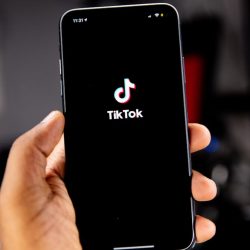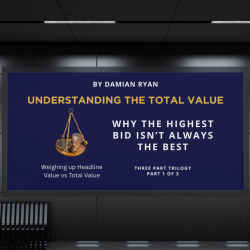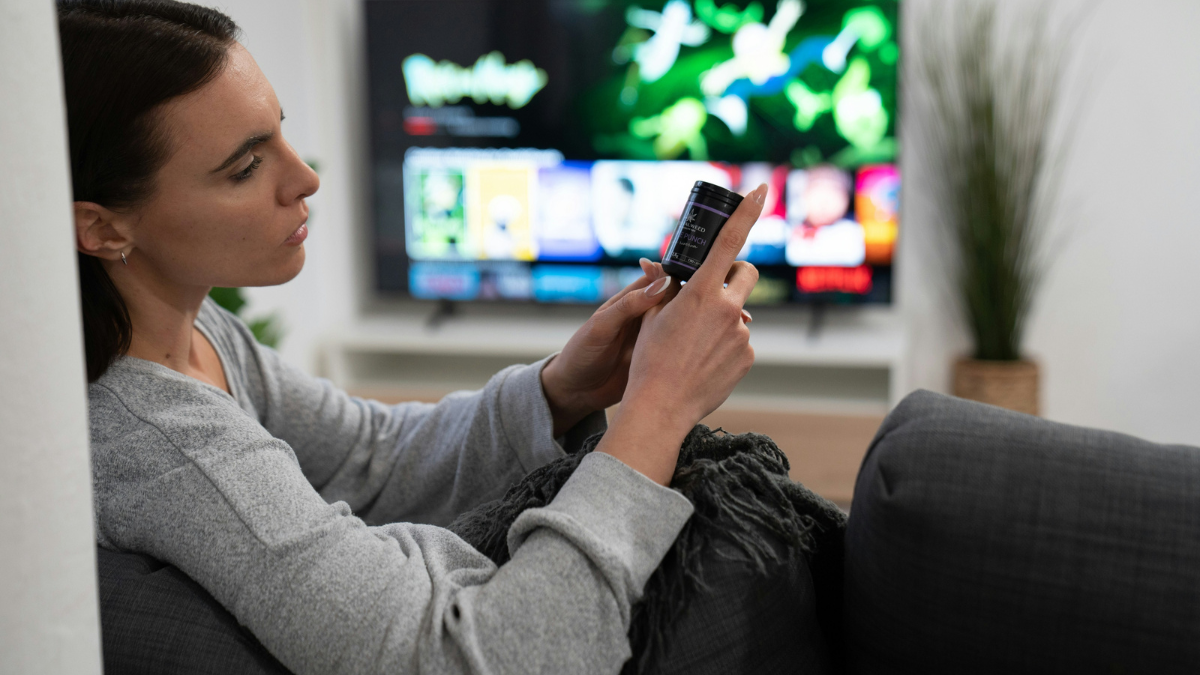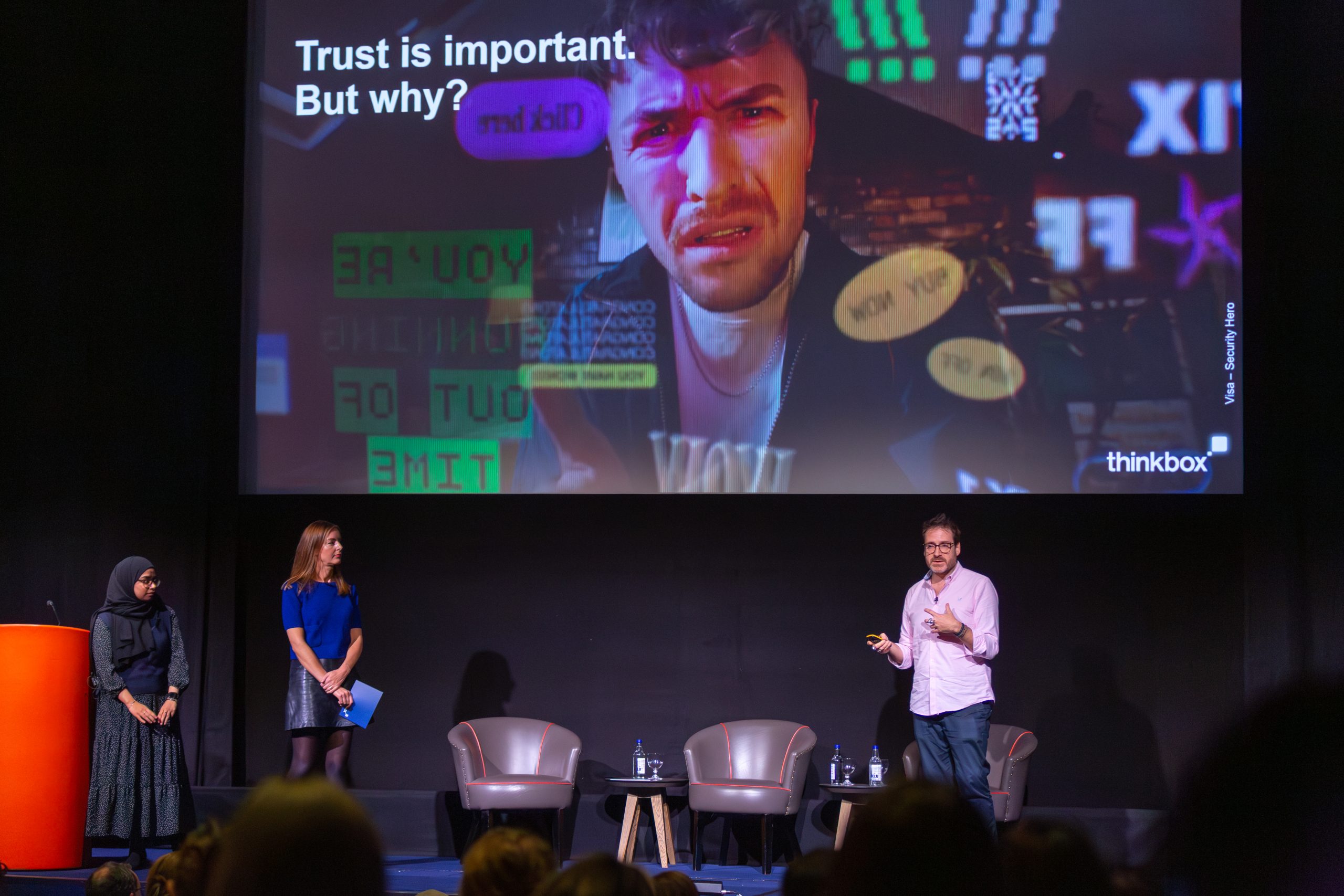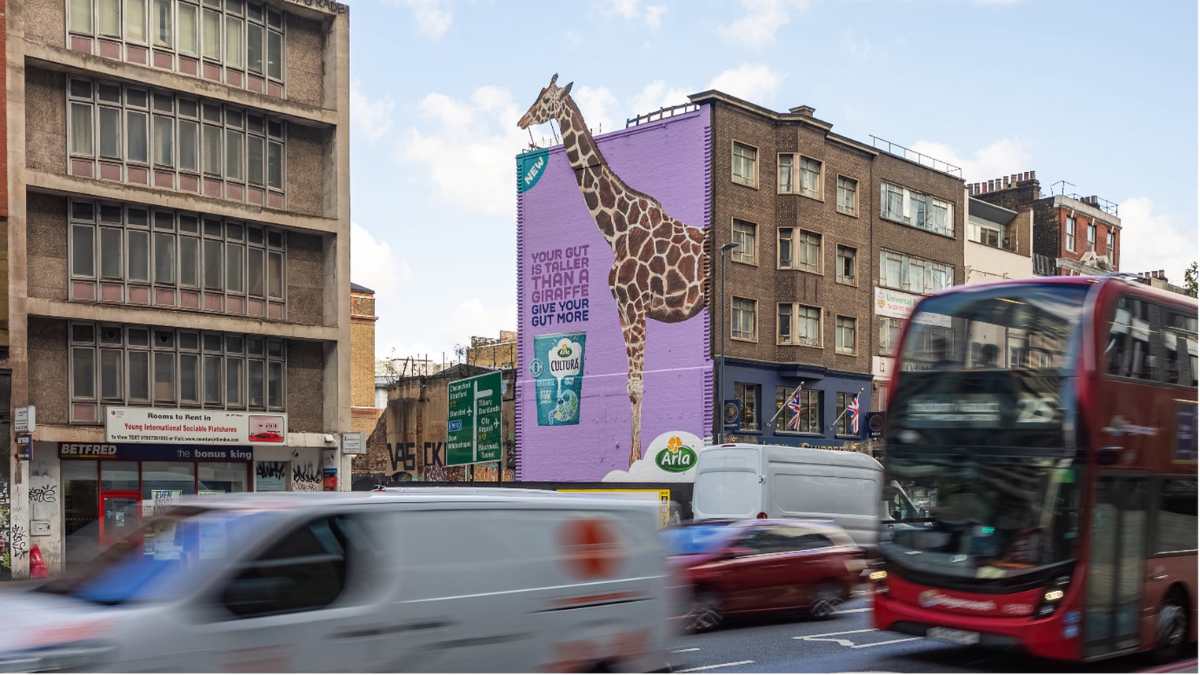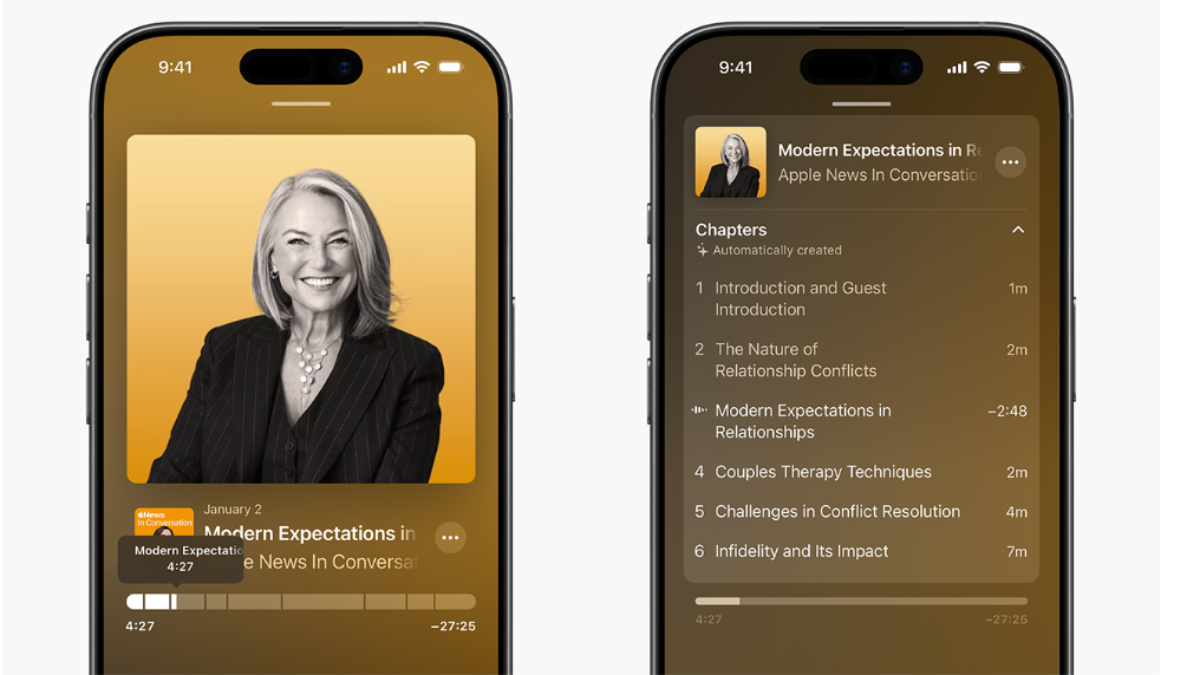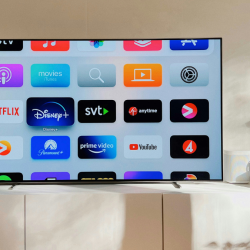For the first time in history, the mobile phone has overtaken television as the nation’s most time-consuming screen, according to new research from IPA TouchPoints.
The study, which tracks how British adults consume media, found that those aged 15 and over now spend an average of 3 hours and 21 minutes per day on their smartphones — five minutes more than they spend watching TV.
While the margin is narrow, the significance is not. TV consumption has remained relatively stable — down just seven minutes compared to 2015 — but mobile use has soared, increasing by nearly two hours a day over the past decade. For advertisers, it’s the latest confirmation of a fundamental behavioural shift that’s been reshaping the media landscape for years.
Dan Flynn, deputy research director at IPA, described the findings as a ‘milestone’ moment: ‘It’s a clear signal of how embedded mobile phones have become in our daily lives — always on, always within reach and increasingly central to how we consume content, connect and unwind.’
Britain is not alone in this trajectory. But what’s happening beneath the averages tells a more nuanced story, especially for media planners trying to target the right audiences at the right time.
IPA TouchPoints data reveals distinct daily patterns in media consumption. TV set viewing still peaks in the evening, tied to familiar post-work routines. Computer use largely follows the traditional 9–5, tapering off sharply after hours. Mobile, however, operates on its own clock. Usage remains consistently high from morning until bedtime, confirming smartphones as our most constant, always-on media companion.
The data also highlights sharp generational contrasts. Young adults aged 15–24 now spend nearly five hours a day (4 hours 49 minutes) on their phones but less than two hours watching TV. Among 65–74 year-olds, the reverse is true: TV dominates with 4 hours 40 minutes of daily viewing, while phone use lags behind at 1 hour 47 minutes.
It’s a gap that reinforces what many marketers already know: reaching younger, digitally fluent audiences means prioritising mobile.
That explains the massive disparity in advertising spend. According to Statista, UK mobile ad spend topped £20 billion in 2024 — nearly four times the £5.27 billion spent on TV advertising.
But time spent isn’t the only variable that matters. Mobile offers vast reach, granular targeting, and real-time performance data — all highly attractive to performance-driven marketers. Yet questions remain around how much attention mobile ads truly capture.
That challenge is only growing as AI-driven content and automated ad delivery further blur the lines between genuine engagement and empty impressions.
Lindsay Clay, Thinkbox CEO, did not think advertisers should read too much into the findings and argued television was still the safest place for investment.
She said: ‘We watch TVs and use mobile phones for very different reasons. Worrying which gets more time is like worrying if people are flossing their teeth more than playing the piano.
‘Time spent is no proxy for advertising success. If it were, we’d all be advertising on pillows. And we know that time with a device doesn’t mean time with advertising. TV is where 85% of video advertising is actually seen.’
Research from Dr Karen Nelson-Field has revealed the difficulty online (including mobile) advertising has in retaining attention. She found that 85% of digital video ads fail to hold attention for even 2.5 seconds — the minimum time required to generate reliable brand memory (without the aid of distinctive brand assets). By comparison, 50–60% of television adverts exceed that threshold, reinforcing the long-standing argument that TV remains the most effective platform for brand-building.
Industry veterans like Peter Field continue to caution against over-investment in low-attention environments, urging marketers to balance reach with quality of exposure.
Main image from Unsplash.



